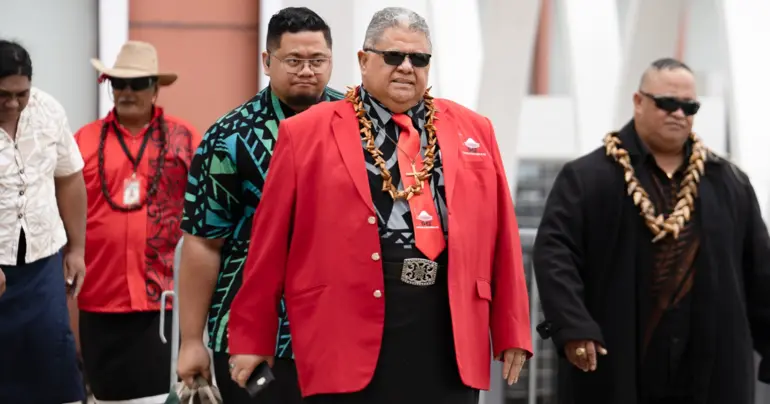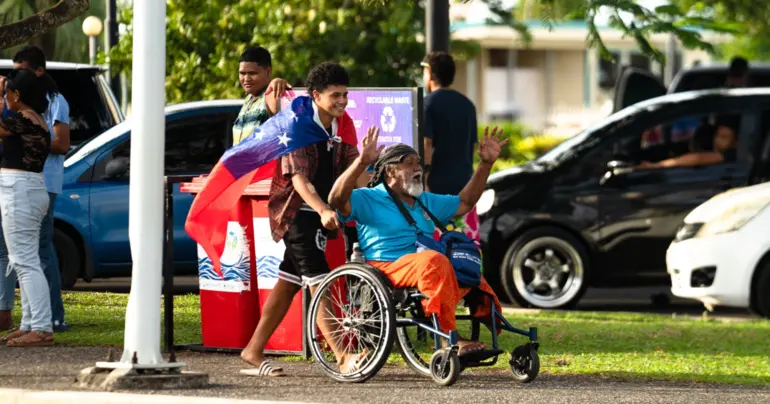Navigating the Realities: Communicating Dangers of the World to Children through Stories, Movies, and Poems
As guardians and mentors, addressing the complexities and dangers of the world with children is a delicate yet essential task. The challenge lies in finding age-appropriate ways to impart understanding without instilling unnecessary fear. This essay explores the power of stories, movies, and poems as effective mediums for communicating the realities of the world to children, emphasizing the importance of sensitivity, age-appropriateness, and the promotion of resilience.
When broaching the subject of the world's dangers with children, a sensitive approach is paramount. Stories, movies, and poems provide a medium to convey these messages with empathy, fostering an atmosphere of trust and openness. A carefully curated selection of content allows for age-appropriate discussions, ensuring that the child's emotional and cognitive development is considered.
Stories, in various forms, serve as powerful tools for conveying complex ideas to children. By crafting narratives that feature relatable characters facing challenges, children can vicariously experience different situations and learn valuable lessons. Whether through bedtime stories or animated tales, the art of storytelling engages children's imagination, making it an effective method to communicate important concepts.
Movies, when chosen judiciously, can be educational and impactful. Animated films, documentaries, or carefully scripted stories can provide visual representations of the world's challenges. The combination of visuals, sound, and storytelling captivates a child's attention, allowing for a nuanced exploration of various topics, from environmental issues to the importance of empathy and understanding.
Poetry, with its concise yet expressive language, can serve as a gentle introduction to complex emotions and realities. Poems can touch on themes such as resilience, kindness, and the importance of compassion. The rhythmic nature of poetry enhances memorability, allowing children to internalize valuable messages in an artistic and emotionally resonant manner.
One of the critical considerations when using these mediums is ensuring that the content is age-appropriate. The level of detail and the intensity of themes should align with the child's developmental stage. This approach allows for a gradual introduction to the realities of the world, preventing overwhelming feelings and fostering a sense of security.
Incorporating positive role models within stories, movies, or poems is essential. Characters who exhibit resilience, problem-solving skills, and empathy serve as inspirations for children. These role models not only provide examples of constructive behavior but also instill a belief that individuals can contribute positively to the world.
The use of stories, movies, and poems should act as catalysts for open dialogue. Encourage children to ask questions, share their thoughts, and express their emotions after engaging with the content. This exchange of ideas fosters a sense of trust and allows for tailored discussions that address the specific concerns and curiosities of each child.
An integral part of communicating the dangers of the world is emphasizing resilience and empowerment. Stories, movies, and poems can showcase characters who overcome adversity, reinforcing the idea that challenges can be faced and conquered. This perspective instills in children a sense of agency and the belief that they can contribute positively to their communities.
In conclusion, the use of stories, movies, and poems as tools to communicate the dangers of the world to children is a thoughtful and effective approach. Sensitivity, age-appropriateness, and a focus on positive messages are key elements in crafting an environment where children can learn and grow. By harnessing the power of narratives, we can provide children with the tools they need to navigate the complexities of the world, fostering resilience, understanding, and a sense of empowerment.











